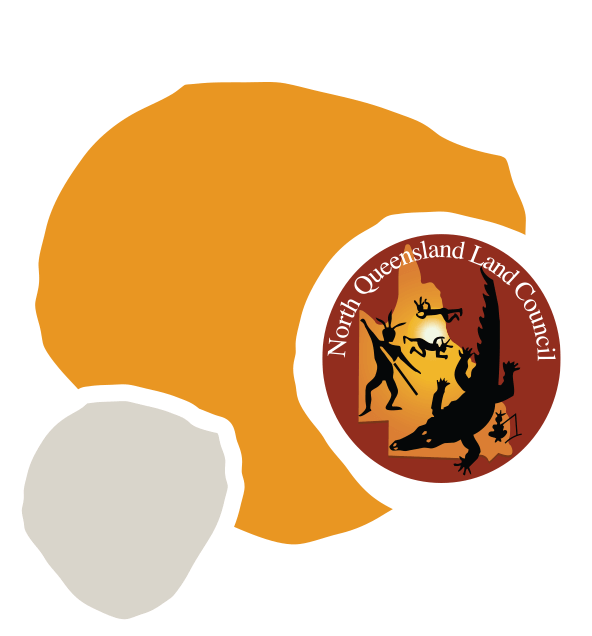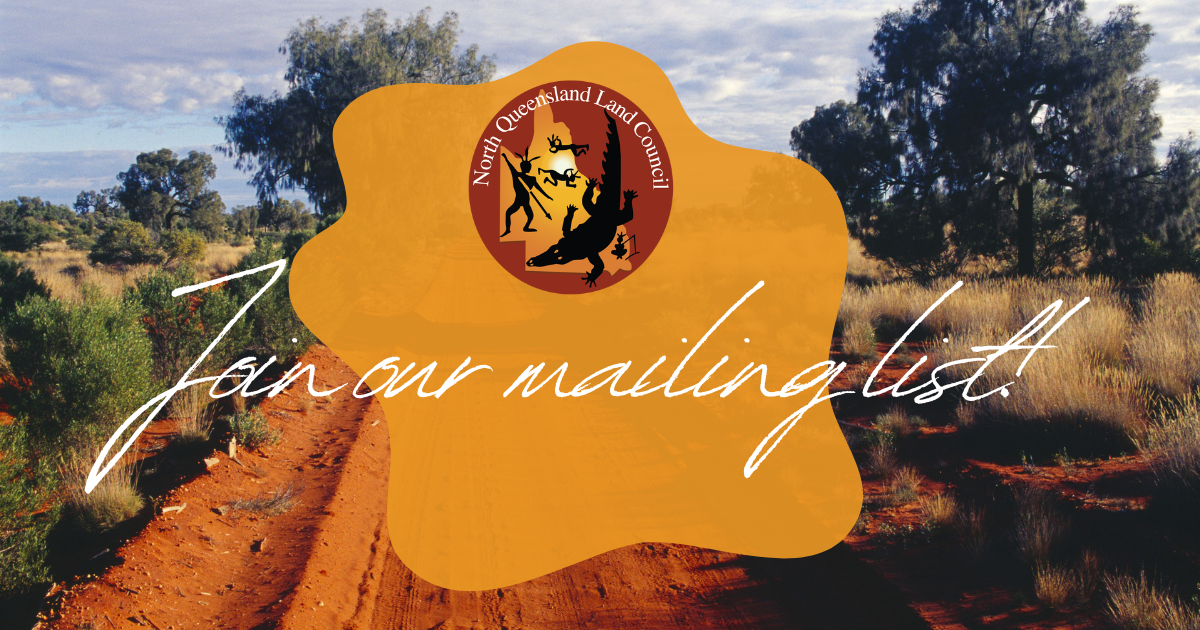Claims Team: Legal Unit
Our Claims Team is comprised of our Legal Unit and our Anthropology Unit. Located across both our Cairns and Townsville offices, NQLC’s Legal Unit consists of legal officers, project officers, and administrative staff. Together the Legal Unit and Anthropology Unit assist traditional owners within NQLC’s NTRB region with aspects of their native title, including the progression of applications for determination of native title under the Native Title Act (1993).
When a native title claim is represented by NQLC, our Legal Unit will manage all legal aspects of the claim process from its inception through to its finality. This includes: acting as claimants’ legal representative in the Federal Court, facilitating and managing the logistics of community and working group meetings and contracting any specialist services associated with native title claim activity as required.
Native title claim process (NQLC):
Although each claim will vary, a guide on the native title claim process within NQLC is as follows:
- If a person or group wishes to be represented by the NQLC for a native title claim, an Application for Assistance Form must be completed. (To obtain an Application for Assistance Form, please email our Legal Unit on legaladministration@nqlc.com.au or phone us on 1800 814 779).
- Applications for Assistance are then assessed by the Chief Executive Officer and NQLC’s in-house legal and research units. People who have applied for assistance are then notified in writing outlining what level of assistance can be provided.
- If an application for assistance is approved, the claim is then allocated an in-house Legal Officer, Staff Anthropologist, Project Officer and Administration Officer who will progress the claim in the Federal Court of Australia.
- At this stage an expert anthropologist is engaged by the NQLC to conduct research, including fieldwork with traditional owners, in order to provide an evidential basis for the claim.
- If there is sufficient evidence to proceed, and after certain aspects of the claim (such as apical ancestors and boundaries) are confirmed, an authorisation meeting is held and the native title claim group authorise some of its members to make the application in the Federal Court. These authorised people are then known as the native title Applicant.
- NQLC then files a native title claimant application (a claim), sometimes referred to as a Form 1, on behalf of the Applicant(s) in the Federal Court of Australia.
- The Federal Court refers the application to the National Native Title Tribunal (NNTT), which applies the registration test to the claim to assess the application against the registration test.
- If the application passes the registration test, the claimant group, person or persons claiming to hold native title then gets certain rights to comment and negotiate about mining and some cultural heritage matters.
- The Native Title Registrar then notifies the public of the claim. The NNTT writes to people who have interests other than native title in the claim area, for example pastoral leaseholders and local governments. The State is automatically made a party to every claim.
- The notification period is three months, after which people who have interests other than native title and who have responded to the notice become parties to the claim and are known as respondent parties.
- The Federal Court begins the mediation process between the parties. Mediation is the preferred way to resolve native title and involves all parties agreeing by consent to a determination of native title.
- The first step in the mediation process is to convince the State that a claim is sound and the claim group has continued to observe their traditional laws and customs that connect them to country.
- Once continuity of connection is accepted by the State and if all parties agree then the Federal Court can make a determination by consent that native title exists and the process is complete.
- However, if the parties cannot reach agreement, the claim could go to trial. Native title trials often do not end well, particularly where different groups assert exclusive native title in the same claim area. For example, in Yugara People v State of Queensland [2017] FCAFC 108, the Turrbal People and the Yugara People went to trial over Brisbane and the Full Federal Court decided that native title no longer existed in the area.
- After a successful determination of native title, the native title rights and interests of the claim group are either managed by or held in trust by an Aboriginal corporation called a Prescribed Body Corporate (PBC). For more information on the support we provide to PBCs, see our PBC Support page.




